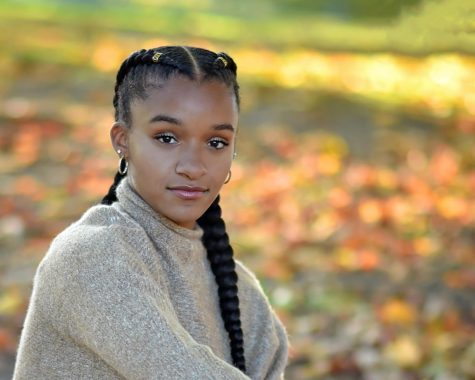The Kyle Rittenhouse Trial
November 22, 2021
Amid the racial reckoning and unrest during the summer of 2020 came another heartbreaking tragedy to round out the summer—teenager Kyle Rittenhouse killed two men and injured one other in a shooting during a Black Lives Matter protest in response to an act of police brutality just two days before.
On Aug. 23, 2020, Jacob Blake was nearly killed by seven shots to his side from a Kenosha, Wisconsin police officer. Miraculously, he survived and now suffers from lower body paralysis as a result of the police shooting. Already in a heated sociopolitical climate as a result of the George Floyd murder at the beginning of the summer of 2020, protests soon followed the incident in Kenosha. On the second night of protests following the Blake shooting, Rittenhouse was responding to a local car dealer’s call for help in protecting his business in the case that the protests turned into riots for a second night. When asked by a reporter why he was at the dealership that night, Rittenhouse responded, “So, people are getting injured, and our job is to protect this business. Part of my job is also to help people. If there is somebody hurt, I’m running into harm’s way. That’s why I have my rifle because I have to protect myself, obviously. I also have my med kit.”
Shortly after leaving the car dealership, Rittenhouse got into several major confrontations, resulting in the deaths of Joseph Rosenbaum and Anthony Huber, and the injuring Gaige Grosskreutz. On Aug. 26, 2020, Rittenhouse turned himself in in his home state of Illinois on charges of first degree intentional homicide.
After more than a year, on Nov. 1, 2021, Kyle Rittenhouse’s official homicide trial in Kenosha County, Wisconsin began. The jury of this case must decide whether Rittenhouse’s actions were reasonable acts of self-defense or criminal acts of murder in order to convict him. On Tuesday, Nov. 9, the prosecutors rested their case after calling 22 witnesses to testify, as well as showing never before seen drone footage of Rittenhouse shooting and killing Rosenbaum at close range. The witnesses included Grosskreutz, the lone survivor of the Rittenhouse shootings back in 2020, and several other people who showed up armed to the protests as Rittenhouse had. Grosskreutz admitted to being armed during his altercation with Rittenhouse.
When asked by the prosecutor why he did not shoot Rittenhouse first, Grosskreutz replied, “That’s not the kind of person that I am. That’s not why I was out there. It’s not who I am. And definitely not somebody I would want to become.”
It wasn’t until Grosskreutz raised his gun that Rittenhouse fired at him. Grosskreutz emotionally remembered that night in court. He said he believed Rittenhouse was an active shooter, and he was just doing his best to protect those around him. When asked what was going through his mind in those moments, Grosskreutz revealed, “That I was going to die.”
On Wednesday, Nov. 10, Rittenhouse himself took the stand, where he broke down upon questioning from his lawyers. His lawyers’ argument is that Rittenhouse was defending himself in killing those two men and injuring one, in an attempt to get him off without serious charges.
“I didn’t do anything wrong. I defended myself,” Rittenhouse said in court on Wednesday.
Following Wednesday’s emotionally charged day in court, as of Thursday, Nov. 11, the defense case has been rested and closing arguments took place Monday, Nov. 15. After gaining widespread national attention and media coverage, Rittenhouse’s trial is sure to stay in the public eye and at the center of American news. This case encapsulates the sociopolitical heat of the summer of 2020, bringing into light questions of identity, race, white supremacy, gun control and many other widely contested topics.
Rittenhouse was acquitted of all charges against him. This sparked protests across the U.S. and further discussion about issues in American society.


